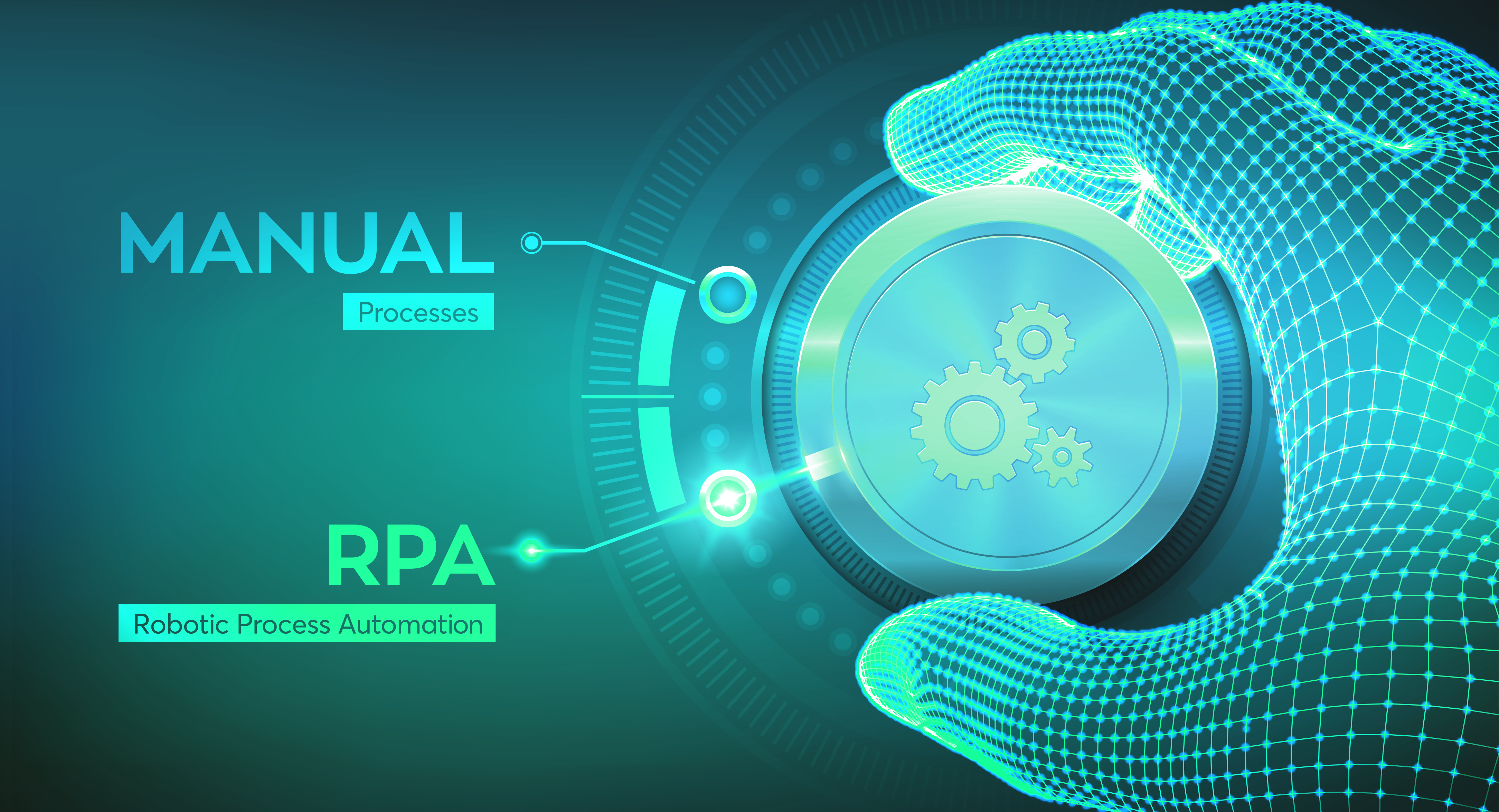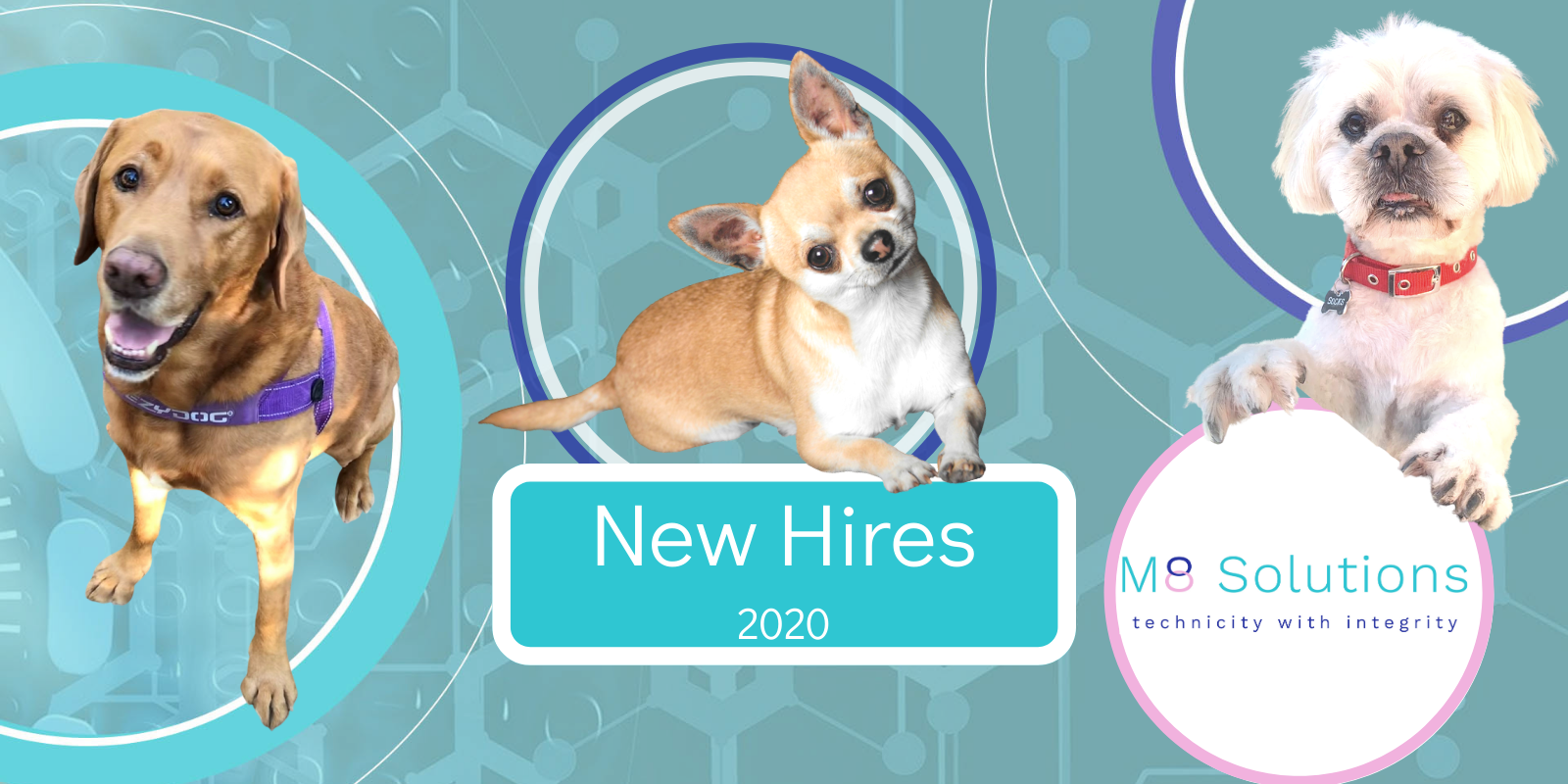Robotic Process Automation: The lowdown with Leon Stafford

With Gartner predicting that 90% of large organisations will have adopted some form of Robotic Process Automation by 2022, now seemed like an ideal time to get the inside scoop on RPA from the experts.
We're fortunate enough to work with Digital Workforce, the market leader in Robotic Process Automation solutions in Europe, so I recently spent some time chatting with Leon Stafford, Digital Workforce's UK&I Sales Director to get the lowdown on RPA.
To begin with, for those people who have heard the phrase Robotic Process Automation but don’t really understand what it is, can you give us a bit of an overview?
Almost all organisations have processes that involve a combination of Systems and People. These have developed over time in separate projects, with different objectives. As a result most organisations have humans working very inefficiently in-between these platforms, and your patients/customers in order to deliver a service. Demands are ever increasing in speed and complexity, systems at the front get smarter, systems at the back remain difficult. RPA uses software Robots to navigate between the systems doing the logic-based work that is not suited to humans. They do the work very quickly, accurately and they work 24/7/365. They are a group of available workers that become highly efficient in a number of areas of the organisation orchestrated to work on-demand – and at scheduled times. This allows humans to change their focus to engagement, empathy, creativity, perhaps even Surgery and designing more work for the Robots!
Who could benefit from an RPA solution?
Almost every organisation can benefit from automation tactically and/or strategically. It is a pragmatic method for redirecting human work away from unsuitable processes – letting the humans do what they do best. Organisations like the NHS in the ‘non-competitive’ space are sharing automations between Trusts – which is dramatically increasing the speed of adoption in this sector. We find that a CFO, CIO, CCIO within any Trust is receptive to the proposition. Start-ups with little or no legacy technologies or processes are less well-suited.
What sorts of processes in healthcare could be automated?
A huge number of processes can be (and are being) automated. Improvements in scheduling and utilisation of expensive and highly-skilled resources and associated technical platforms (Ultrasound, Radiology, CT Scan) quickly deliver astounding results. One of my favourite concepts that came from our work in Finland was the ‘Digital Nurse’ which administers the functions of clinical care in order to improve patient outcomes much more quickly: – connecting the instances of GP referral, advice and guidance, specialist assessment via mobile, pre-attendance covid checks, post-assessment steps, blood-test scheduling and outcomes... the list goes on – and each function is a combination of a small amount of high-value engagement followed by time-consuming and typically paper-driven bureaucracy. Our Digital Nurse changes the game.
What do you consider to be the main benefits of RPA?
Increased speed and accuracy; helping your existing workforce to become human again; laying foundations for more structured data – which can become the foundations for Machine Learning and Artificial Intelligence. If it is a ‘sound bite’ that you want though; a well-scheduled Digital Worker can do the work of 8-10 people.
Are there any important aspects that need to be considered before implementing an RPA solution?
Yes, we essentially need to cover four main areas of engagement – and skipping past any of them will impact future success:
- You. Someone needs to start with the idea and be bold enough to start the ball rolling. This is often someone who has realised that ‘something needs to change’
- A senior stakeholder to take your dream and attach it to the big picture; championing it at executive meetings and lobbying those who will spend money on it. Honestly, a bit of ego doesn’t go amiss here.
- Your Operations and Subject Matter Experts: Enthused with ‘what can be achieved’ the engagement of painstaking step-by-step reviews of existing processes in the interests of threading hundreds of small changes together to create a culture of transformation. There are no shortcuts – but the effort pays off.
- Your IT Organisation (ITO): they might love it, they might hate it, but they are very important folks and will quite rightly be obstructive if you do not include them in planning to access their key IT Systems.
What are the main challenges when it comes to RPA?
To generalise, the main challenges are around openness to new ways of doing things. So it is really about change management and the integration of thoughts and ideas between Operations, IT and Senior Stakeholders... what could be hard about that? 😉
Pragmatists start the projects, and those that were resolutely against automation often become our biggest advocates as they see the promises become reality. I also strongly recommend keeping expectations at a realistic level... and then exceeding them!
How can you prevent RPA failure?
You should be realistic about how much resource you have available for the undertaking. Many organisations are a little fixated on ‘building their own Centre of Excellence’. This will take a long time, and will create a lot of short-term cost of dedicated resources at a time when your project is delivering minimal returns. It is the best way to kill your business case. We are now seeing that using experts working alongside your ITO and SMEs can deliver automation as a service – before transferring a working model back to your organisation. I assure you this model reduces time to effectiveness and reduces risk of failure.
An NHS Trust may not have the specialists in house with skills in RPA. Just how complicated is it to set up an RPA solution?
It is not complicated – but neither is it easy. We see the same mistakes in many customer scenarios around the selection of ambitious processes or those with an ROI that is hard to quantify undertaken by staff who are new to the technology – then if any of the team move on the project can collapse. At digital workforce we offer availability and deliver the right processes quickly and in a way that can be understood and managed by the customer. It sounds simple and it looks simple, but behind it is a lot of experience and knowledge.
How can you measure the success of your RPA Deployment? Is it easy to work out ROI?
In some senses it can be very straightforward to calculate benefits, and they are very clear and evident. There are also some interesting ‘multipliers’ at work with ROI – for example, sorting out forms for the seamless arrival and booking of a patient collection by ambulance delivers efficiencies for bed occupancy, attending clinicians, the procedure, the ambulance utilisation, 2 x paramedics and a whole host of downstream activities; not to mention correct data collection reducing future error work; oh yeah, and the most important thing – delivering comfort, reassurance and the best possible outcome for the patient.
What do you say to an organisation that has a smaller requirement now, but envisages their requirement will increase? Can the RPA solution be scaled as their need grows?
I would say that this is a great start point – but that pretty soon after the small idea we should think about a bigger vision. We deliver solutions within a model that adheres to the maxim ‘Think big, start small, scale quickly.’. Our approach is unusual though (maybe it is our Scandinavian heritage) in that we seek customer satisfaction rather than restrictive contracts for 3-5 years - this is refreshing to our customers and I am surprised others don’t do the same.
Does it take a specialist to maintain and utilise their RPA solution on an ongoing basis?
It can be fairly straightforward, but I think it is best to have a realistic view, and so yes, you will need an expert at some point during your deployment. I recommend an expert in the early stages – because then you can benefit from experience rather than make the same easily avoided mistakes that others make. You can also set a course and be validated with the approach which can be really helpful with stakeholder support.
Tell me the future of RPA. Where do you see this all going?
There is a convergence of intelligent technologies right now and Automation is key tool in connecting new to old. I think that citizen, patient, customer management is already changing sufficiently to support a 1-2 day reduction in the working week and give an opportunity for living wage for some folks. The structure of Government Administration will change significantly in line with this. The evaluation of work-life balance is also happening as we speak (accelerated by covid). Automation is part of the suite of technologies enabling this; It will offer choices for the future, we will be accountable for those we choose – so I suggest understanding it and taking an informed position.
_Youtube%20Cover%20Page-1.jpg?width=10668&height=6001&name=sizes%20(21)_Youtube%20Cover%20Page-1.jpg)


